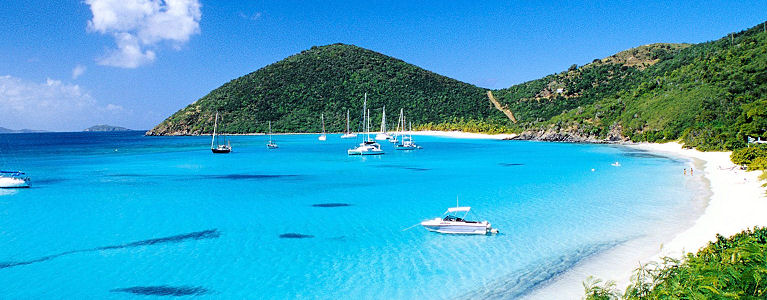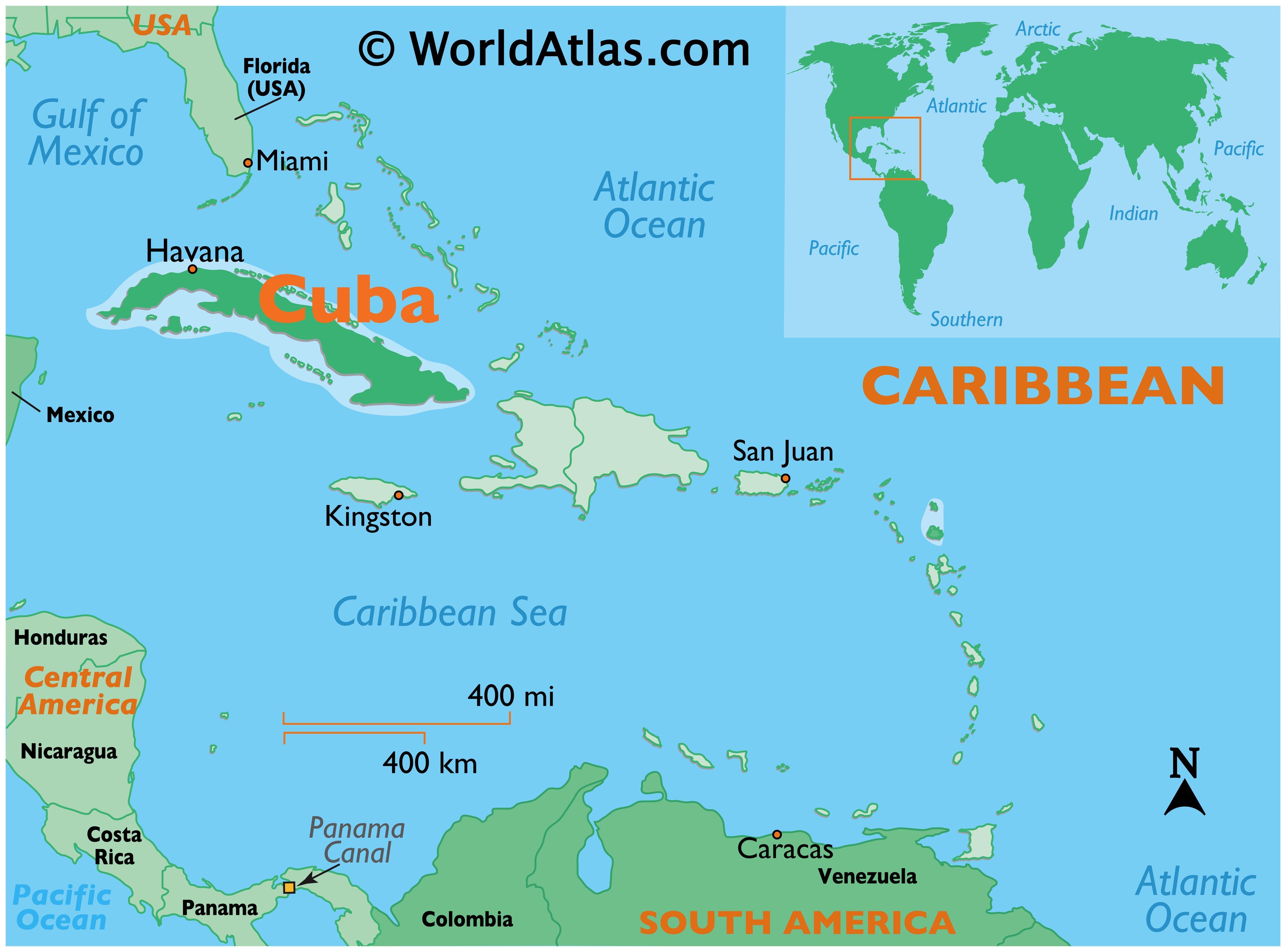Cuba
Cuba is the largest island in the Caribbean with a total
land area of 42,426 sq mi. Cuba’s capital is Havana. Cuba has about 11 million
inhabitants. Cuba’s currency is the Peso. The official language of Cuba is
Spanish. Cuba got its independence from the United States on May 20, 1902.
Cuba's main religion is Christianity and mostly Roman Catholic. Cuba is divided
into 15 provinces. They are Pinar del Rio, Ciego de Avila, Artemisa, Camaguey,
Havana, Las Tunas, Mayabeque, Granma, Matanzas, Holguin, Cienfuegos, Santiago
de Cuba, Villa Clara, Guantanamo, Sancti Spiritus, Isla de la Juventud. Most Americans
are hesitant to go to Cuba because Cuba’s government has been accused of
numerous human rights abuses including torture, arbitrary imprisonment, unfair
trials, and extrajudicial executions. Cuba’s current president is Raúl Castro.
Majority of Cuba’s population is White and also consists of Blacks and Mulatto.
Cuba’s Government is socialist republic.
Fun facts about Cuba
·
People drive on the right.
·
The Calling code is +53
·
The Internet TLD is .cu
·
Cuba has a 99.8% literacy rate, which is the highest
in the world.
·
Grade school is mandatory for every child in
Cuba between the ages of 6 and 15. Uniforms are universally required with
different colors for each grade level.
·
Dance is very important in Cuba, the birthplace
of classic dance styles like the Bolero, Mambo and Cha Cha.
·
A rare prehistoric fish called the Mangar is now
only found in Cuba.
·
Cuba is the 17th largest island in the world.
·
Cuba is famous worldwide for its cigars.
·
There are no animals or plants in Cuba that are
poisonous or lethal to humans.
·
Christmas did not become an official holiday in
Cuba until 1997
·
The most famous career in Cuba is the medical industry.
·
It has snowed once in Cuba: On March 12, 1857.

















